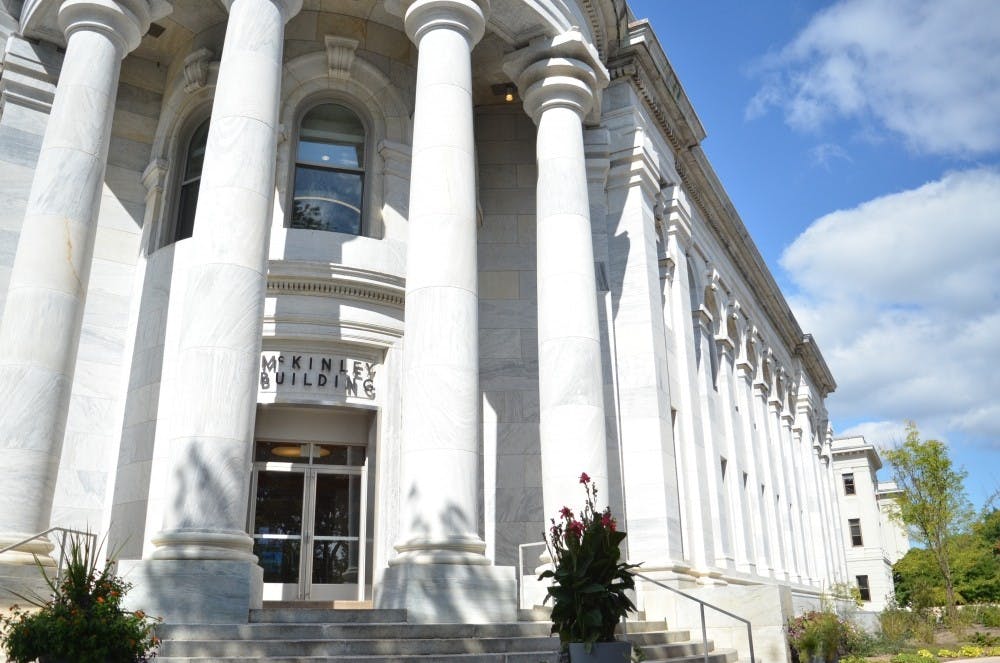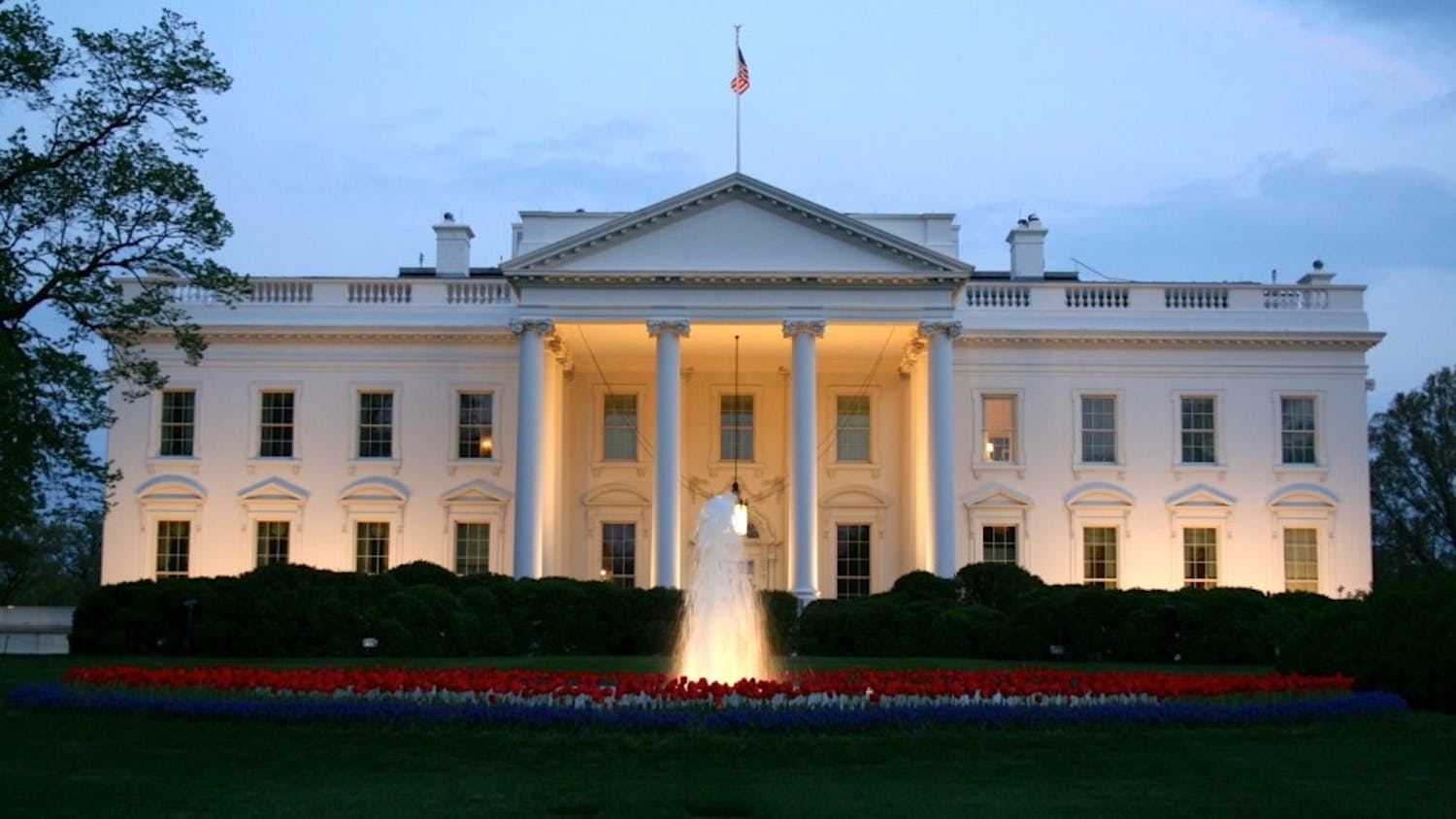A record-low of 25.7 percent of applicants were admitted to AU’s class of 2020 this spring, marking the second consecutive year AU has seen a significant decrease in its admission rate, according to the AU Office of Admissions.
The University announced that a record 19,311 people applied for admission to the incoming freshman class as of March 21, which is targeted to be 1,700 students. The number of applicants constitutes an increase of more than 15 percent over last year, which itself was an 11 percent increase over the 2014 admissions cycle, according to Greg Grauman, assistant vice provost for undergraduate admissions.
“I think the drop in the admissions rate speaks to the caliber of our school,” School of International Service sophomore Emily Smith said. “I think the newer students are more involved and more willing and open to experience new opportunities. The involvement of our student body in our school and the DC community has had a profound impact on me because when I get involved, I feel more connected to the University and DC.”
The decrease in the acceptance rate constitutes approximately a 20 percent drop over the past two years for the University. The class of 2018 had an acceptance rate of 46 percent, and last year 35 percent of applicants were admitted.
“We believe the application increase can be attributed, in part, to the increasing academic reputation of American University both nationally and internationally," Grauman said.
Currently, the U.S. News & World Report ranks AU 72 overall in the national college rankings, having climbed from 84 back in 2010.
The University’s projected yield rate, the percentage of admitted students who elect to attend AU, is 36 percent, an increase of four percent over the class of 2019, which had a yield rate of 32 percent, and eight percent over the class of 2018, which had a yield rate of 28 percent.
This yield rate is expected to translate into a class of 1,700 students, according to Kelly Alexander, the director of public relations for university communications. The target marks a 100 person increase over prior years. Previously, the target class size for AU was 1,600 students in 2014 and 2015, The Eagle previously reported.
“What is most significant is the actual raw number that the decrease translates into -- approximately 2,000 fewer offers over a two year period,” Alexander said. “That kind of drop is extremely unusual in higher education. Demand is increasing faster than anyone could have predicted.”
AU emphasizes “demonstrated interest,” or a student’s level of enthusiasm for AU, as an important factor in the application process. This emphasis on the college process as a two-way system distinguishes students who are passionate about AU in the admissions process from those who are applying to multiple schools, according to the University’s Office of Undergraduate Admission.
“We seek students who are a good fit for American University both academically, socially and emotionally,” Grauman said.
According to the Office of Admissions, the increase in the yield rate demonstrates the growing appeal of the University compared to other colleges. George Washington University has experienced an increase in its admissions rate each year since 2010, according to GWU’s Office of Institutional Research and Planning.
Housing for incoming freshmen is expected to be impacted by the delay in the construction of Federal, Constitution and Congressional Halls on East Campus. The University has already announced that the number of freshmen living in triples will remain similar to the 2015- 2016 academic year. At the start of the academic year 330 rooms were tripled, The Eagle previously reported.
The triple rate for the class of 2019 was higher than intended due to the yield rate which exceeded projections, leading to 1,780 first year students in housing, 180 more than expected, The Eagle previously reported.
“Housing & Dining Program historically relies on temporary triples for the fall semester for new first year students, as necessary,” Alexander said. “The intent of the new residence halls, when open, is to increase capacity and decrease the number of triples that have been necessary.”
Once the new residence halls on East Campus open, sophomores housed in contingency floors will be moved to their intended housing on East Campus. Freshmen will be then be de-tripled into rooms that are vacated by sophomore students.
As AU becomes more competitive, the underlying strengths of the University still remain the same; its location in D.C. and its emphasis on professional development remain a big draw for prospective students.
“Students are looking for an applicable, realistic education and experience that will differentiate them from the thousands of other graduates around the world,” College of Arts and Sciences freshman Amanda Hodes said. “AU’s curriculum, location and opportunities make the school a prime choice for the modern, driven student.”
Disclaimer: Staff writer David Lim is a resident assistant in Cassell Hall for the 2015-2016 academic year and is employed by Housing & Dining Programs. Staff writer Courtney Rozen contributed reporting to this story.





